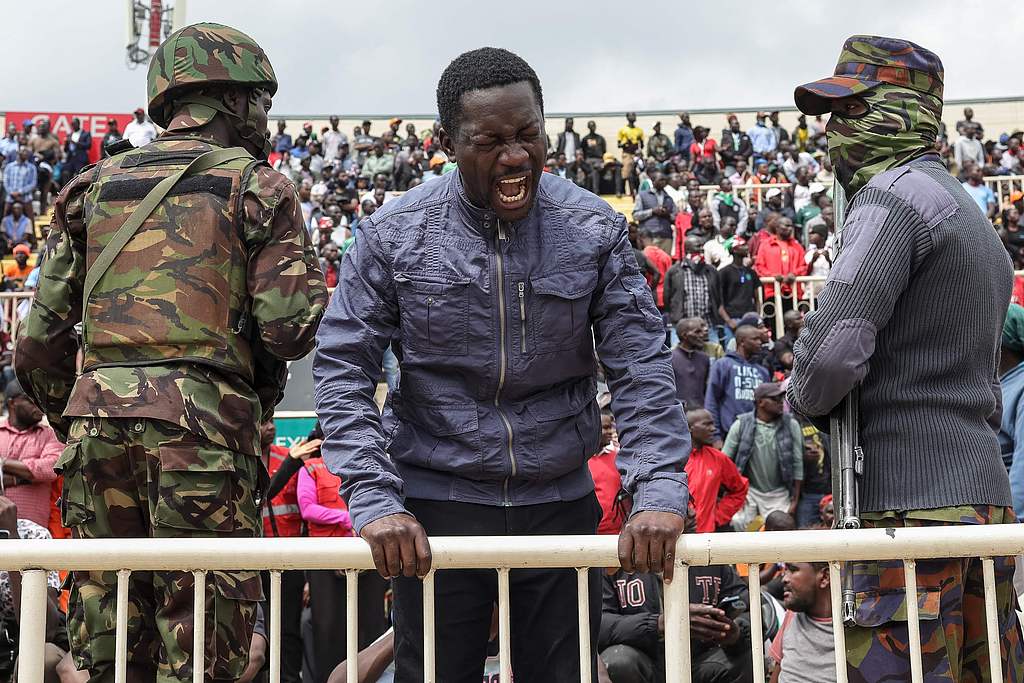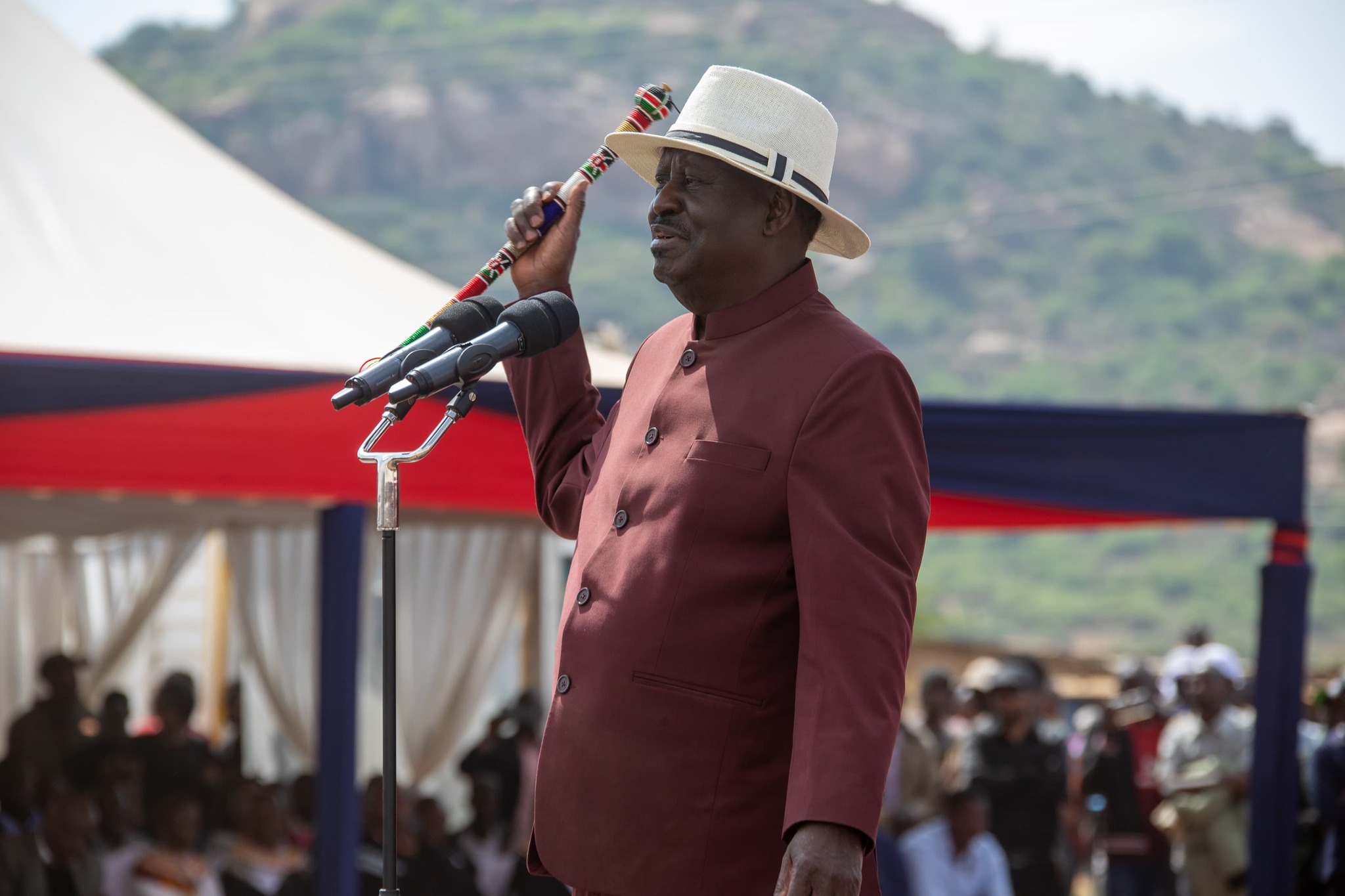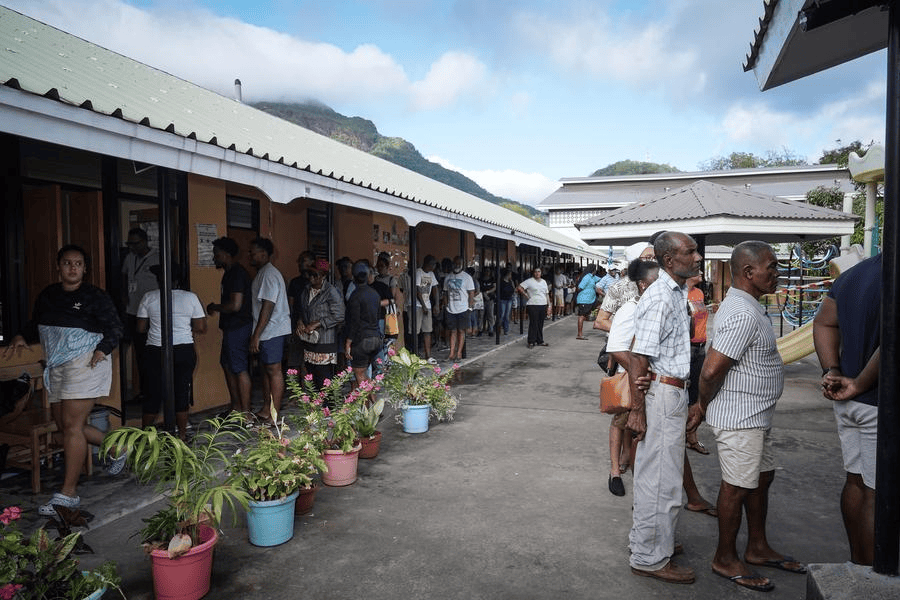First refugees flown to Sweden under EU resettlement plan

Around 20 Eritreans have left Italy for a new life in Sweden – the first refugees to be resettled under a new EU relocation plan.
The group being flown out on Friday are only a tiny fraction of the number to be relocated.
Under the EU’s plan, 120,000 refugees will be redistributed from Italy and Greece to other European countries.
On one day alone this week, almost 2,000 migrants arrived on Italy’s shores from across the Mediterranean.
EU interior ministers agreed on Thursday to beef up Europe’s border force Frontex in order to speed up deportations of failed asylum seekers.
They also called for more effective re-admission deals with countries of origin outside the EU.
The conclusions from their talks said EU states should detain migrants who may abscond before they are deported.
The plan to resettle 120,000 refugees from Italy and Greece – two countries which have borne the brunt of the influx – was agreed by the EU in September.
The group of 19 young Eritreans left Rome’s Ciampino airport on board a financial police plane, AFP reports.
They were waved off by the EU’s Migration Commissioner Dimitris Avramopoulos and Italy’s Interior Minister Angelino Alfano.
Mr Avramopoulos said on Thursday that the refugees had been “registered, fingerprinted, identified and screened for relocation”.
The EU has agreed to set up so-called “hotspots” in Italy and Greece – new migrant registration centres for new arrivals to be filtered and priority given to refugees in need of international protection.
Mr Avramopoulos said the first EU hotspot in Italy was already operational in Lampedusa. Hundreds of migrants have drowned off the tiny island near North Africa, after crowding on to rickety boats that set sail from Libya.
Germany and Austria have also agreed to send asylum specialists to help Italy and Greece.
The commissioner said about 10 flights would take failed asylum seekers home this month from across Europe, and he called it “good, but not enough”.
More than 550,000 migrants have reached the EU this year, many fleeing conflict. Germany is hosting the most.
EU countries generally grant asylum to Syrians, Iraqis and Eritreans, but not to the many economic migrants from Africa and Asia.
Last year more than half a million non-EU migrants were found to be “illegally present” in the 28-nation bloc. Most were ordered to leave, but EU countries deported only about 40% of those listed for removal.
Frontex is to be given a more direct role in screening migrants and helping member states to deport failed asylum seekers.
The European Commission has also put forward an “action plan” on migrant returns, which calls on member states to “use detention, as a legitimate measure of last resort”, to help prevent irregular migrants moving elsewhere in the EU.
Many EU politicians are under domestic pressure to expel more migrants, amid a nationalist backlash across Europe.
The EU is however bound by the “non-refoulement” rule, meaning that under international law it cannot send migrants back to life-threatening situations.






